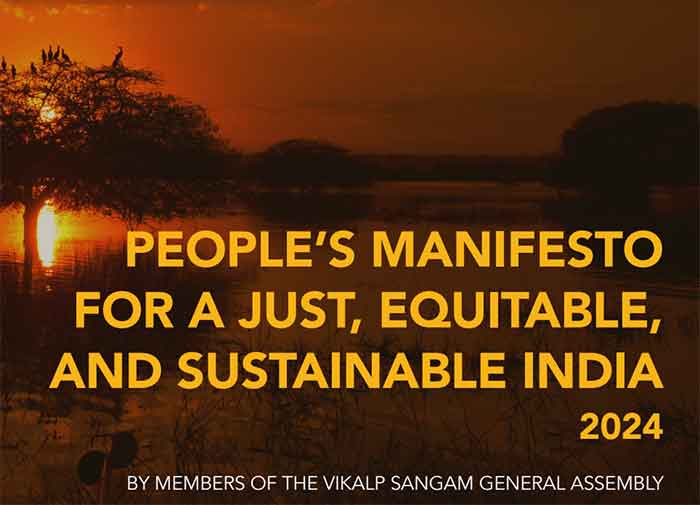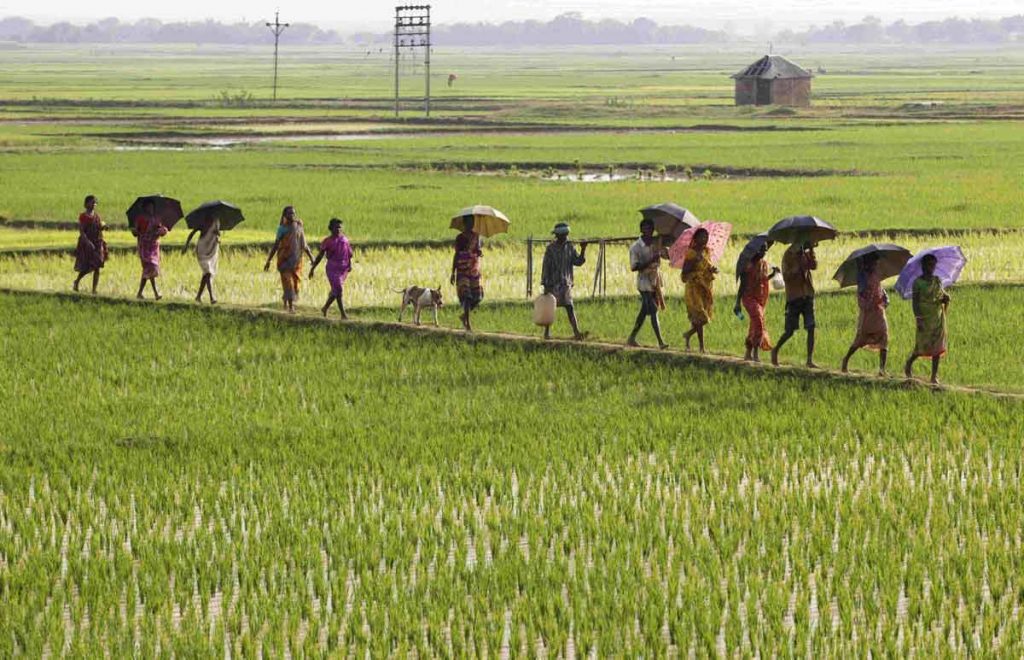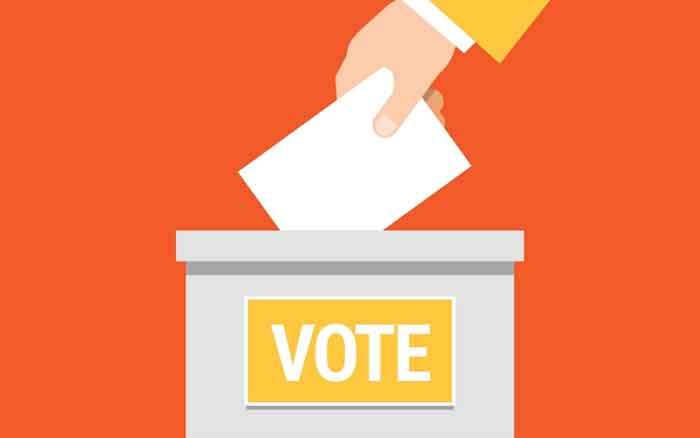
Most people in India seem to believe that COVID-19 has wrecked the country’s socio-economic system and that the poor are feeling its worst effects. That does not seem to tally with the reality. The pandemic has not wrecked the system but has exposed the weaknesses existing in it already. As Paul Carr says COVID-19 “feeds off social and environmental injustice, exacerbating the wounds, scars and illnesses that existed prior to this pandemic.” It has shown that our health, educational and economic systems and employment generation schemes are made for the urban middle and rural upper classes. The poor do not count in them. The first step in searching for a post-COVID solution that can be beneficial to every citizen is to face this reality.
The health infrastructure exemplifies it. There are indications that the number of COVID positive cases is artificially low in India because testing was at first limited to the urban areas and to passengers coming from abroad. The numbers grew as people in the urban slums began to be tested. Testing was later extended to some villages though not to all of them. It is one of many signs that the health system is made for the better off sections. To give one sign of it, India has only 0.7 hospital beds per 1,000 people. It is among the lowest in the world and is the average in the least developed countries. It is over 5 per 1,000 in Europe, 4.6 in the USA and 1.2 even in Sub-Saharan Africa. Moreover, around 64 percent of the beds are in private hospitals. Many such hospitals have world class facilities but their high charges limit their services to the better off sections and to high priced health tourism. The poor have to be content with government hospitals and public health centres (PHC) most of which are poorly equipped. These entities are effective in States like Kerala that manage them well. But in much of Northern, Eastern and North Eastern India most PHCs exist only on paper. The medical personnel visit them occasionally. It would be unrealistic to expect them to test people for COVID-19 or deal even with ordinary illnesses.
Dealing with these issues and building a sustainable health infrastructure that is accessible to the whole population is thus the first post-corona virus challenge. It cannot be achieved by privatising government hospitals and PHCs as some suggest because the profit-orientation of the private sector will make them accessible to the rural upper classes and will continue to exclude the poor. To be sustainable, the rural health infrastructure has to be efficiently run and at the same time accessible to the poor. Private-public partnership (PPP) is a possible solution. In many rural areas, particularly in the Northeast, a large number of civil society and church organisations (CSO) run dispensaries and are doing what the PHCs should be doing. It is possible to build a rural health infrastructure around them with the CSOs and the state working together. Their partnership would involve the government providing the funds and the CSO and PHC personnel joining hands in running them by using each other’s expertise. Such a PPP can build an efficient rural health infrastructure that is accessible to all and is sustainable in the long run.
The second challenge is the migrant issue. The manner in which the migrants were treated during the lockdown shows the callousness of our society in general and of the governments in particular towards the poor. Singapore, a small city state announced the lockdown three days in advance and gave its people enough time to return to their base. India, on the contrary, gave a four hour notice for a lockdown and social distancing. A realistic time table would have been to give people four to seven days to return to their homes and mobilising all the trains and buses to ferry stranded people back to their base. A four hour warning and stopping all transport immediately left millions of migrant daily wage earners stranded with no work and with no money. The migrants who were abandoned tried to walk back home and use every means available because remaining back would have meant starvation. However, in an affidavit the Central Government seems to have told the Supreme Court that none was walking on the highways. A senior minister is reported to have said that there is no starvation and none has died. Simultaneously everyone was asked to remain indoors wherever they were. Such an order ignored the fact that 50 percent of urban dwellers live in one room tenements in the slums or on pavements. Similar numbers in the rural areas do not have a house where they can have privacy. What do lockdown and social distancing mean to them?
These and similar actions are signs of the total lack of sensitivity of our society towards the poor, particularly towards people who live on daily wages hundreds or thousands of kilometres away from their homes because their native place does not provide them productive employment. The migrants thus challenge both the State and our society as a whole to find an economic response that can provide them a livelihood and not one based on the minimum starvation wage of Rs 120 for a 12-hour day that the Centre and many States have announced. This wage is less than half the poverty line and it will legalise bonded labour and push the migrants who have come back home from one exploitative situation into a new bondage. A solution can be found by reviving the local economy in a new form. The massive destruction of the natural resources is a major cause of people’s impoverishment and loss of livelihood that has forced millions of people to migrate away from their homes. Such destruction has repercussions such as more and more ferocious floods every year. Most governments have been responding to the floods by building bunds, providing relief, cleaning the Ganga and dredging the Brahmaputra. These actions will keep the contractors in business for years to come but do not solve the problem of the floods which are caused by deforestation in the catchment areas of the rivers. Because of it silt flows into the rivers, raises their level and causes more floods every year. More land takeover in the name of development and defence deprives many more people of their livelihood and forces them to migrate away from their states in search of employment.
Today they return home because those avenues have closed and one has to find a response to this situation by dealing with the causes of their exodus. Its main reason is the destruction of the natural resource base and the disasters like floods and droughts resulting from it. A response to it requires a united effort of the rural population to rebuild their resource base. It poses a challenge to the CSOs because the state will not take the initiative. To the state these resources are only sources of revenue that is got by destroying them. The civil society has to search for an alternative together with the migrant returnees and the local people. The best solution is probably to form them into self-help and other organised groups to replant the forests, replenish water sources and revive land that has been rendered infertile by floods and droughts. They then need to organise the people into rural agro-based industrial units that plan a three crop regime based on local technology. They cannot stop at producing crops because their market is controlled by the forces that encourage contract farming which recent central schemes support. The local people have to go beyond production. They have to process and market these crops. It will involve a great deal of training in processing and marketing. This effort to revive a bottom to top local economy also requires plenty of self-confidence in the local people and the CSOs have to help them to acquire it. This effort can generate employment and can absorb the youth returning to their native place. MGNAREGA can be used for this purpose but organising the local people and migrant returnees into viable self-help groups has to be its foundation.
Dr Walter Fernandes is Director, North Eastern Social Research Centre, Guwahati. [email protected]
SIGN UP FOR COUNTERCURRENTS DAILY NEWS LETTER














































